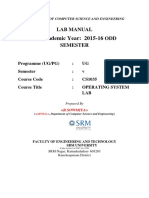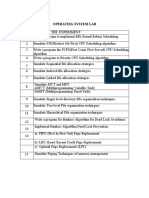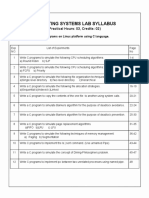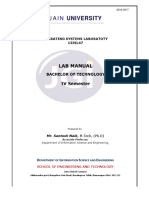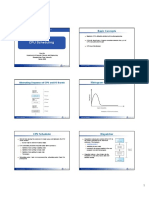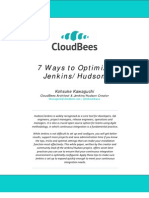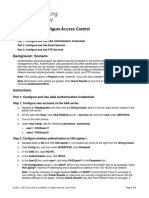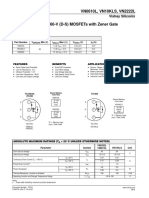0% found this document useful (0 votes)
97 views9 pagesOS LAB Assignment #1-2025
The document outlines the assignments for the Operating Systems course at Gian Jyoti Institute of Management & Technology for the academic session Jan-May 2025, detailing submission deadlines and marking criteria. It includes two main questions: one on installation steps for Windows, Linux, and dual boot systems, and another on CPU scheduling using SJF and FCFS algorithms, with calculations for turnaround, waiting, and response times. Additionally, it provides a comparison of performance metrics between the two scheduling algorithms.
Uploaded by
pratikgjimtCopyright
© © All Rights Reserved
We take content rights seriously. If you suspect this is your content, claim it here.
Available Formats
Download as DOCX, PDF, TXT or read online on Scribd
0% found this document useful (0 votes)
97 views9 pagesOS LAB Assignment #1-2025
The document outlines the assignments for the Operating Systems course at Gian Jyoti Institute of Management & Technology for the academic session Jan-May 2025, detailing submission deadlines and marking criteria. It includes two main questions: one on installation steps for Windows, Linux, and dual boot systems, and another on CPU scheduling using SJF and FCFS algorithms, with calculations for turnaround, waiting, and response times. Additionally, it provides a comparison of performance metrics between the two scheduling algorithms.
Uploaded by
pratikgjimtCopyright
© © All Rights Reserved
We take content rights seriously. If you suspect this is your content, claim it here.
Available Formats
Download as DOCX, PDF, TXT or read online on Scribd
/ 9


















